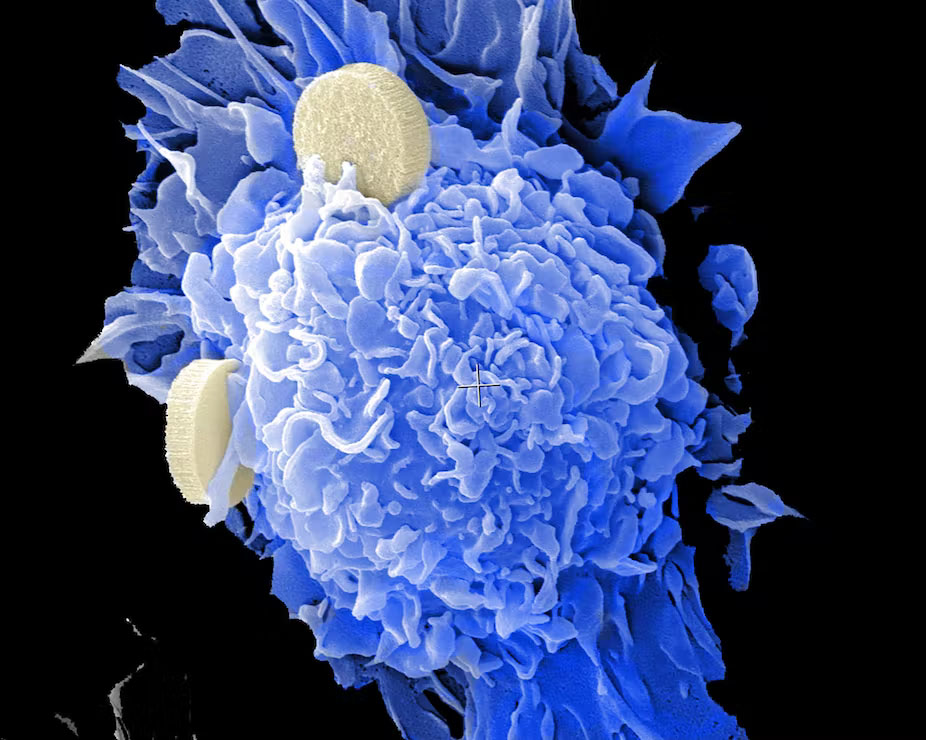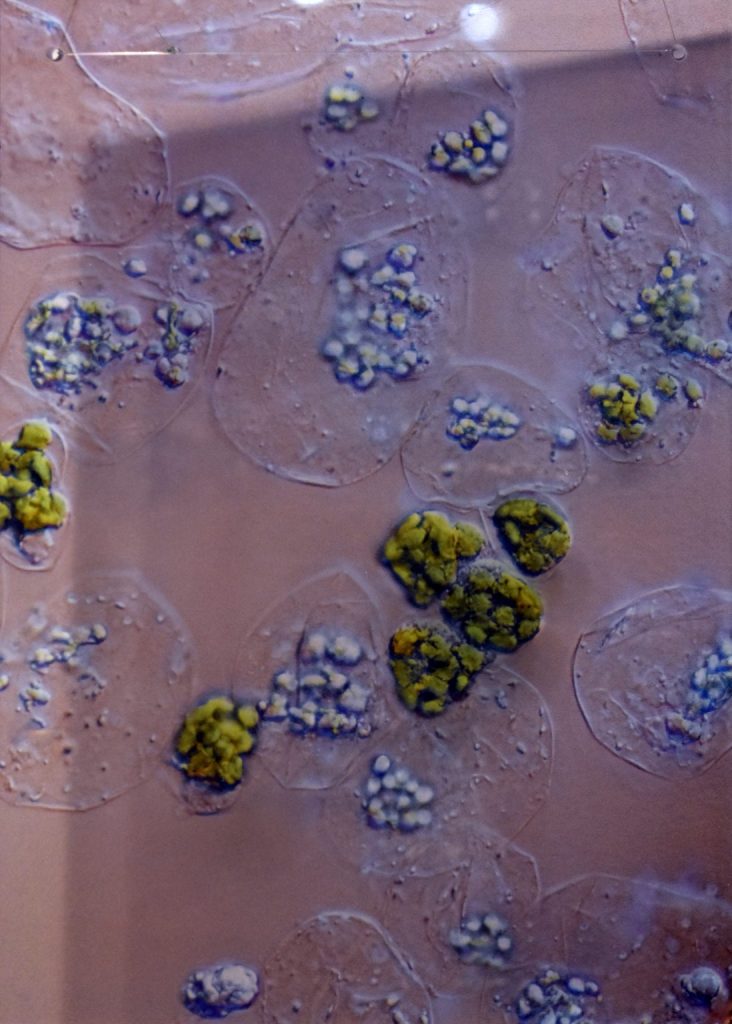This is a good general introductory video to nano gold but I have two caveats. It’s very ‘hypey’ (as in hyperbolic) and, as of 2023, it’s eight years old. The information still looks pretty good (after all it was produced by Nature magazine) but should you be watching this five years from now, the situation may have changed. (h/t January 5, 2023 news item on Nanowerk)
The video, which includes information about how nano gold can be used to deliver nanomedicines, is embedded in Morteza Mahmoudi’s (Assistant Professor of Radiology, Michigan State University) January 5, 2023 essay on The Conversation about a lack of research on how the body reacts to nanomedicines, Note: Links have been removed,
Nanomedicines took the spotlight during the COVID-19 pandemic. Researchers are using these very small and intricate materials to develop diagnostic tests and treatments. Nanomedicine is already used for various diseases, such as the COVID-19 vaccines and therapies for cardiovascular disease. The “nano” refers to the use of particles that are only a few hundred nanometers in size, which is significantly smaller than the width of a human hair.
Although researchers have developed several methods to improve the reliability of nanotechnologies, the field still faces one major roadblock: a lack of a standardized way to analyze biological identity, or how the body will react to nanomedicines. This is essential information in evaluating how effective and safe new treatments are.
I’m a researcher studying overlooked factors in nanomedicine development. In our recently published research, my colleagues and I found that analyses of biological identity are highly inconsistent across proteomics facilities that specialize in studying proteins.
…

Mahmoudi’s January 5, 2023 essay describes testing a group of laboratories’ analyses of samples he and his team submitted to them (Note: Links have been removed),
We wanted to test how consistently these proteomics facilities analyzed protein corona samples. To do this, my colleagues and I sent biologically identical protein coronas to 17 different labs in the U.S. for analysis.
We had striking results: Less than 2% of the proteins the labs identified were the same.
Our results reveal an extreme lack of consistency in the analyses researchers use to understand how nanomedicines work in the body. This may pose a significant challenge not only to ensuring the accuracy of diagnostics, but also the effectiveness and safety of treatments based on nanomedicines.
…
… my team and I have identified several critical but often overlooked factors that can influence the performance of a nanomedicine, such as a person’s sex, prior medical conditions and disease type. …
Mahmoudi is pointing out that it’s very early days for nanomedicines and there’s a lot of work still be done.
Here’s a link to and a citation for the paper Mahmoudi and his team had published on this topic,
Measurements of heterogeneity in proteomics analysis of the nanoparticle protein corona across core facilities by Ali Akbar Ashkarran, Hassan Gharibi, Elizabeth Voke, Markita P. Landry, Amir Ata Saei & Morteza Mahmoudi. Nature Communications volume 13, Article number: 6610 (2022) DOI: https://doi.org/10.1038/s41467-022-34438-8 Published 03 November 2022
This paper is open access.
